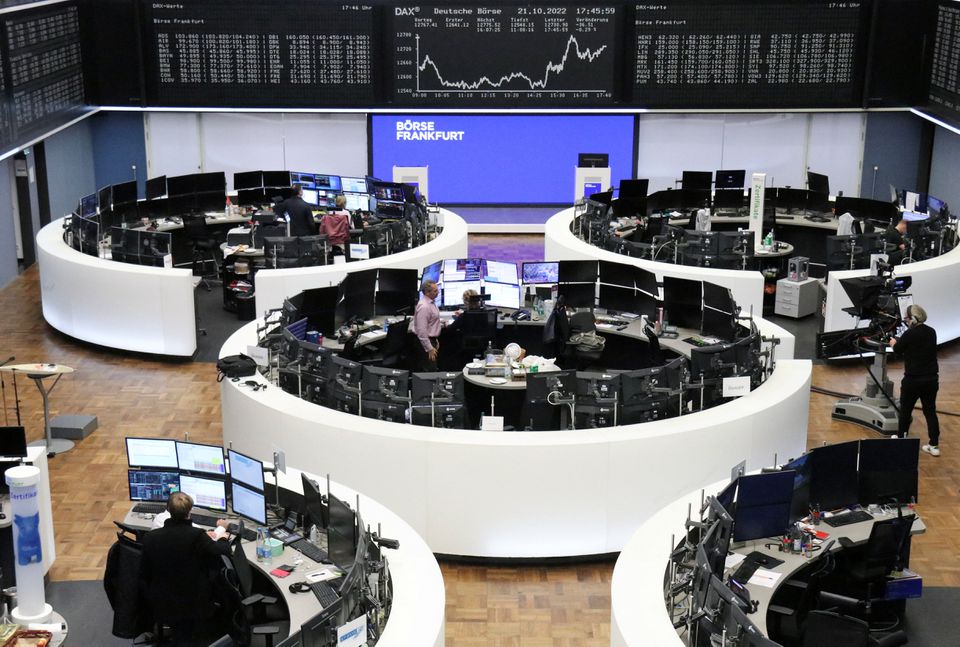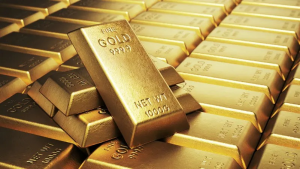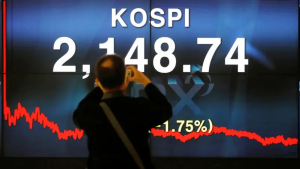It was another day on inflation patrol for investors on Wednesday as stickier-than-expected U.S. data nudged stocks sideways and the dollar up, while a slowdown in Britain's rate sent the pound sliding.
Wall Street looked set for an early dip after the previous day's 6.4% U.S. CPI reading, but Europe's main bourses were moving modestly higher after the equivalent UK inflation rate eased to 10.1% from 10.5%.
That pushed the pound back toward $1.20 versus the dollar and saw the biggest drop in 10-year UK Gilt yields in almost two weeks, albeit after two sizable rises in bond yields globally in the last few sessions.
Oil prices eased again too , as did banks (.SX7P) as a string of problems at one of Britain's biggest lenders, Barclays (BARC.L), slashed 10% off the value of its shares.
Gucci owner Kering (PRTP.PA) fell as much as 2% after its results, while an 800 million euro buyback and dividend hike lifted Europe's largest food retailer Carrefour (CARR.PA) up 8% and there were gains of 0.8%-1% in the tech, chemicals and autos sectors. (.SX8P)(.SXAP)(.SX4P)
Robust wage increase data this week showing the 12th consecutive month of stronger-than-anticipated growth demonstrated that inflationary pressures remain strong overall, however.
"We see interest rates of 4.5% as the minimum required to return inflation to target over the coming quarters," Gimber added.
Despite Europe's resilience, MSCI's 47-country world share gauge (.MIWD00000PUS) was 0.2% in the red with S&P 500 futures markets pointing to Wall Street opening 0.3% lower later.
The focus there is likely to be on January retail sales figures, due at 8:30 a.m. ET, for clues on consumer spending amid worries of slowing economic growth and high inflation. A Reuters poll expects a 1.8% rise after a fall in December.
Tuesday's headline U.S. consumer inflation reading came in at 6.4% year-on-year for January. That was higher than the 6.2% economists had expected and set off selling in the bond market and Fed funds futures as hopes that rates could be cut later this year dimmed.
Fed funds futures now imply a peak above 5.2% by mid-year and rates above 5% at year's end.











